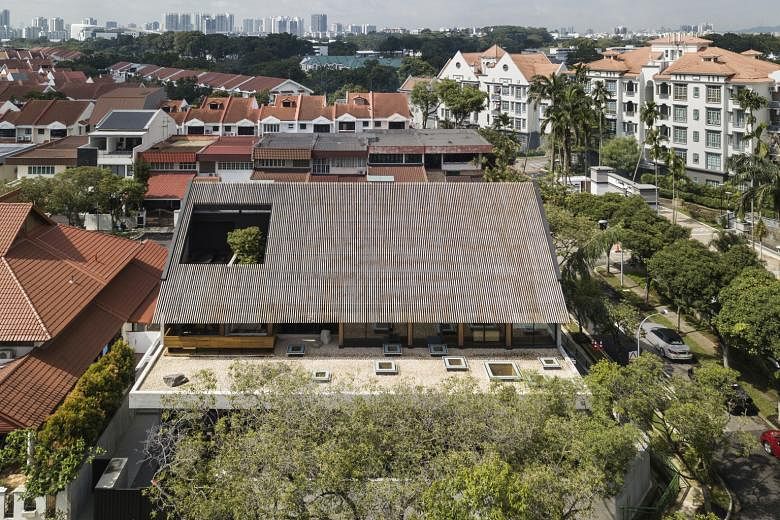Whenever Archifest has a festival pavilion, which houses the annual event's main exhibition, it has always been the star attraction.
The architecture festival, which celebrates the works of architects and designers, has had five pavilions since it started in 2007.
Last year, the pavilion was a pastel-hued Housing Board void deck at the Marina Bay Sands Event Plaza, while previous years have featured a striking rainbow structure at Raffles Place and another that was made of 3,885 plastic stools.
This year, there will be no such eye-catching pavilions. The 13th edition of Archifest started yesterday and runs till Oct 9.
Instead, nine out of the 12 exhibitions are held at The URA Centre in Maxwell Road. The venue will also host multiple panels, talks and workshops.
Doing away with the pavilion, the festival's organisers say, is more in line with this year's theme of Craft, which puts the spotlight on skilled craftsmen and the design processes behind interesting and iconic structures through exhibitions, forums, workshops, film screenings and guided tours.
The event is organised by the Singapore Institute of Architects (SIA) and curated by local architecture firm Formwerkz Architects.
Festival director and founder of Formwerkz Architects Alan Tay, 46, says the theme was chosen to generate discussion and a deeper appreciation of architecture among members of the public.
"As curator, the challenge every year is to pick out themes and issues that are both specific and relevant to visitors. In Singapore, people are familiar with the maker culture. We have things like craft beer, so people know craft is (about) the bespoke (process) and being good at one specific thing," he adds.
"The idea of craft is naturally object-driven, so an outdoor pavilion places a limitation on how much content we can hold. By concentrating most of the exhibitions in one venue, (we can) show how craft is multifaceted and give visitors a collective experience."
Highlights of the festival include the SIA Conference, which features renowned British architect David Nelson, 68, who has more than 40 years of architectural experience, as the keynote speaker.
He is the head of design of British architecture firm Foster + Partners and is the architect behind the new Supreme Court in Singapore, which was officially unveiled in 2006.
Other events include the screening of architecture, design and fashion films such as Bauhaus Spirit: 100 Years Of Bauhaus (2018) and McQueen (2018) at The Projector in Golden Mile Tower, an exhibition focusing on Asian architecture and a talk on using lime to conserve heritage buildings.
The Straits Times highlights four key events at Archifest.
1 TOUR AWARD-WINNING HOMES AND BUILDINGS
Architours takes participants into unique residential homes and buildings, where they can find out how architecture and good design affect the user's experience.
There are seven ticketed tours to 21 locations across Singapore, including Design Orchard, a space that houses local design; NUS Baba House, which showcases Peranakan culture; and the Asian Civilisations Museum.
A number of homes are also part of the tours, including the Aperture House by Formwerkz Architects in Yio Chu Kang, which has a vast cantilevered canopy shielding the car porch, entrance portico and lap pool from harsh sunlight and prying eyes.
Similar to previous years, the tours are led by docents from The Architecture Society at the National University of Singapore.
Each tour goes to three locations, where an architect who worked on the project will be present to share information about the design process and highlight key features.
For instance, one tour starts at a semi-detached home in Jalan Kembangan, which is fitted with a variety of interesting red brick walls.
Participants go to another home called Camo House, which is designed by WOW Architects. It has a perforated aluminium screen that wraps around the house to provide shade and privacy while creating a "camouflage" for it. The tour ends at FOC Sentosa, a seafront Mediterranean-themed restaurant in Sentosa with tropical influences.
Where: Various locations
When: Tomorrow and Sunday, Oct 5 and 6, 8.30am to 1.30pm, 1.30pm to 6.30pm
Admission: $60 for adults, $50 for students
Info: www.archifest.sg/architours
2 UNDERSTANDING AN ARCHITECT'S DESIGN PROCESS
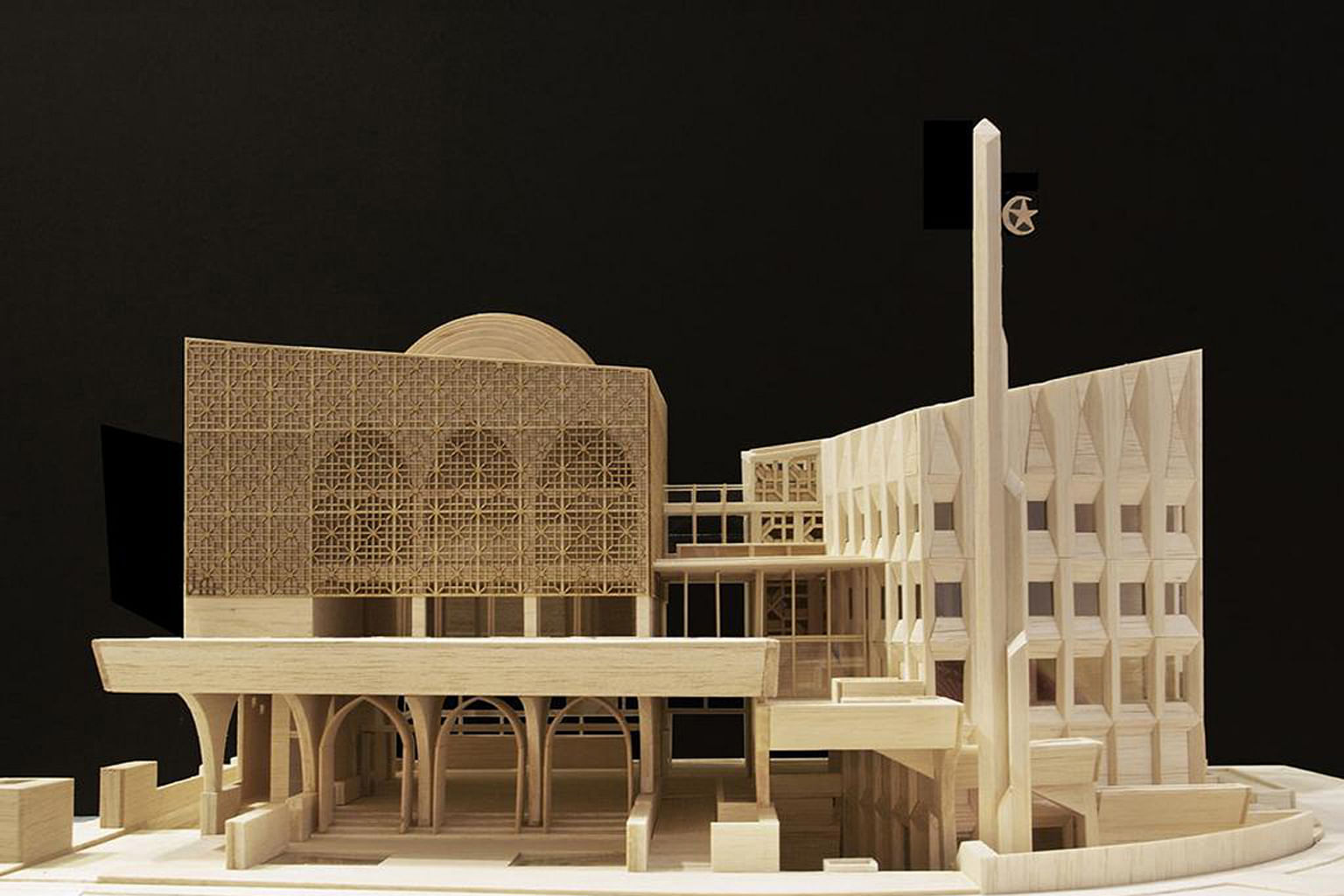
Find out how architects turn ideas, sketches and raw materials into completed spaces at the Making Architecture exhibition.
The festival's anchor exhibition showcases more than 70 models, illustrations and animations created by 26 architects and designers from Singapore and around the world.
Half of the projects on display are completed buildings, while the rest are speculative projects.
For instance, there is a large display model of Al-Islah Mosque, a mosque in Punggol designed by Formwerkz Architects.
The building has an elevated public plaza, along with an openplan prayer hall.
The model, which represents the final built form of the monolithic, sand-coloured mosque, is painstakingly handcrafted and assembled using various techniques by the architects.
Ms Stacey Peh, 30, a designer at local design studio Plot Room, says: "Almost every human activity happens against the backdrop of a building. We hope this exhibition gives visitors a glimpse of the thinking processes an architect or designer goes through while designing a building."
She co-curated the exhibition with Mr Iskandar Idris, 36, principal architect at local architecture firm Super Assembly.
Even the exhibition's display shelves are a showcase of craftsmanship.
Local woodworking company Roger&Sons created 209 wooden modules using recycled wood from a local Angsana tree, which can be joined to create tables of various sizes and heights.
After the exhibition, the wooden modules will be upcycled to become furniture.
Where: The URA Centre, 45 Maxwell Road
When: Till Oct 9, 9am to 9pm daily
Admission: Free
Info: www.archifest.sg
3 GET CRAFTY AT HANDS-ON WORKSHOPS
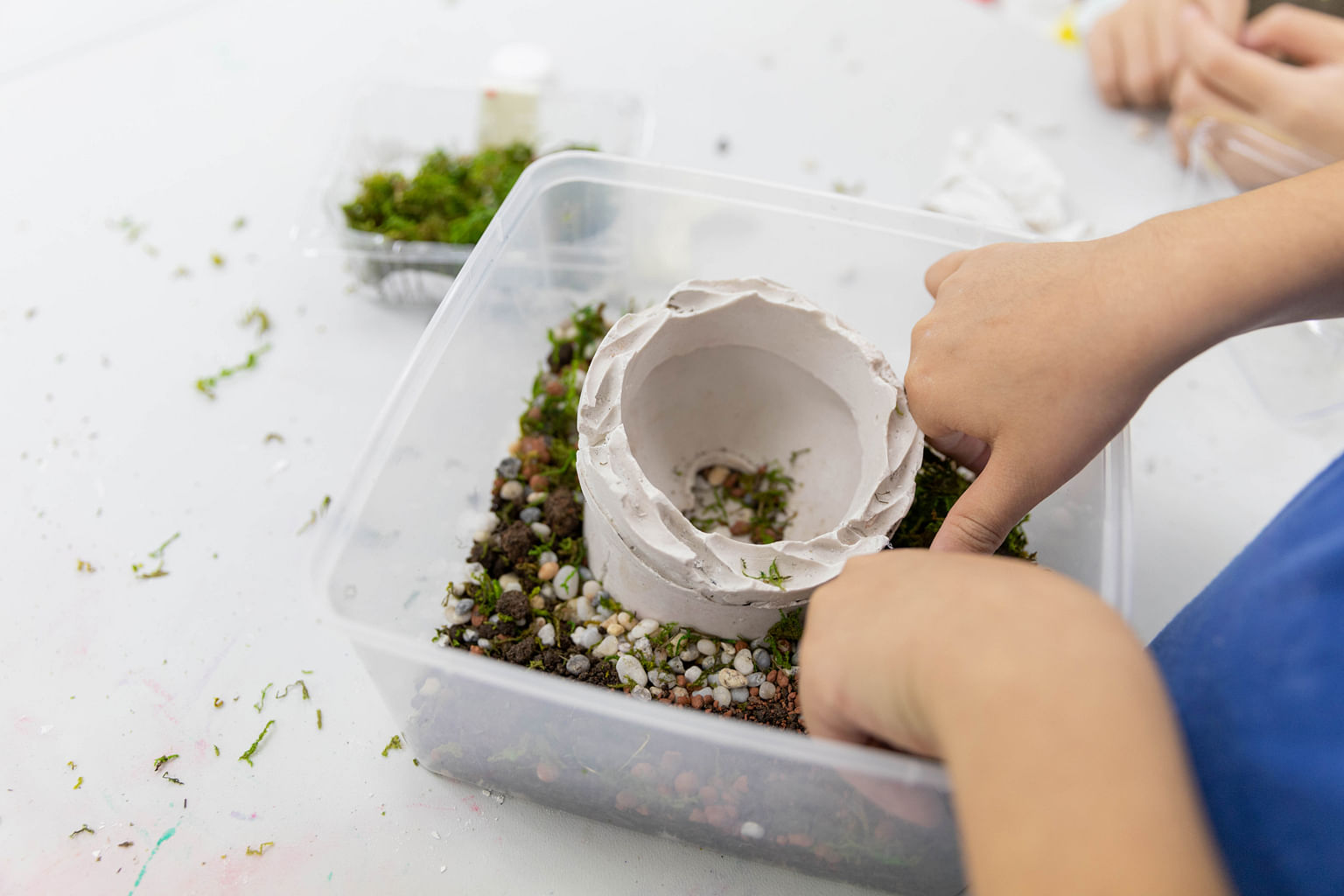
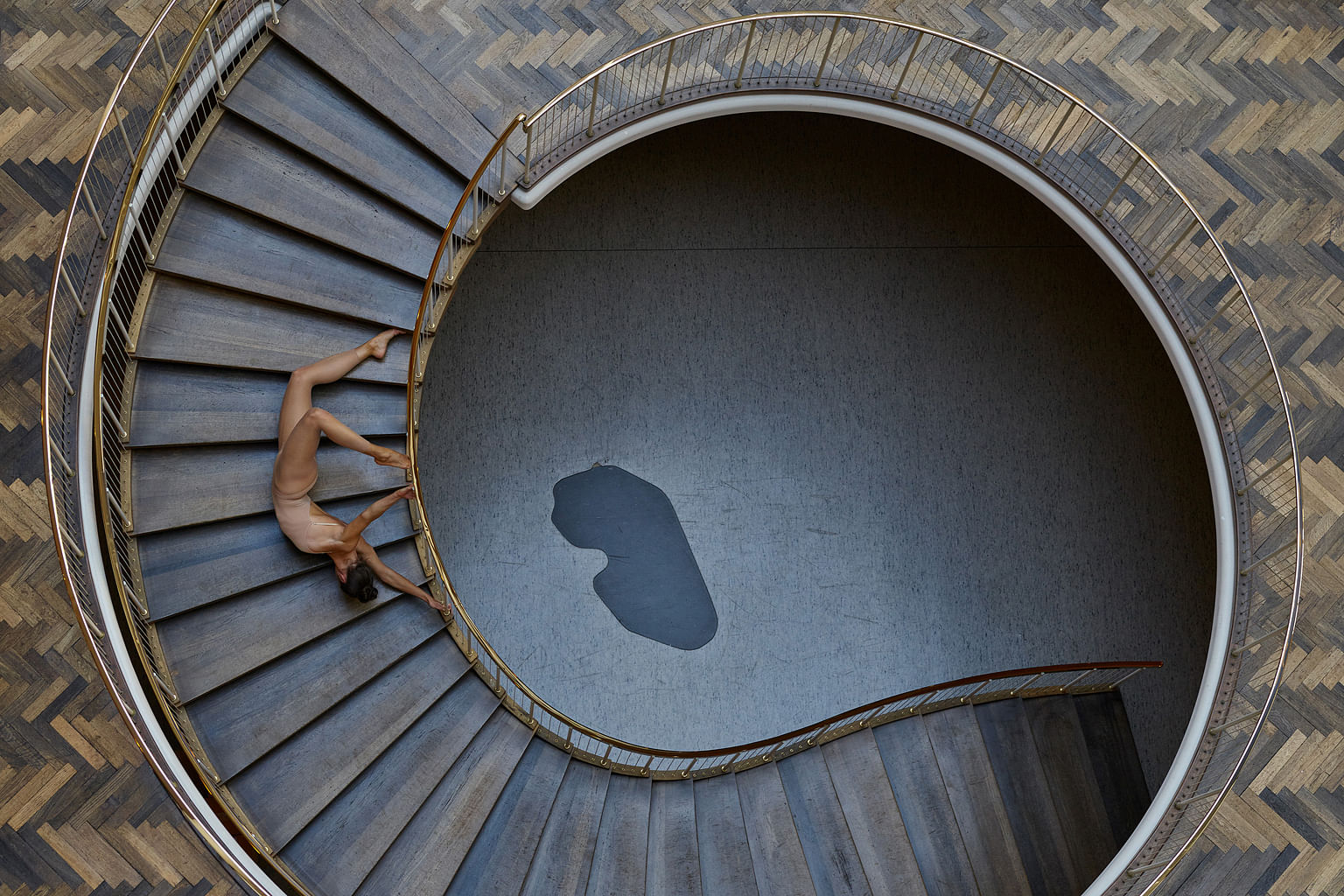
Pick up a new skill at one of the 15 workshops specially curated in line with the festival's theme of Craft.
Explore traditional and non-traditional forms of craft such as tea-blending, ceramics-making, glass-making, woodworking and photography at studios across Singapore.
"These hands-on experiences of craft led by artisans show the crafting spirit is not limited only to architecture, but also spans different design disciplines," says festival director Alan Tay.
Visitors can also experience architecture in a novel way.
At the Mindful Spatial Experiencing workshop, architect and yoga teacher Anja Humljan will help participants train their sensorial, mind and body awareness of their built surroundings. It takes place tomorrow from 10am to noon and costs $50 a person.
The little ones are not left out either.
Social enterprise Beep Lab is conducting a two-part, craft-a-toy workshop on Oct 1 and 5, in which children can make their own toys using 3D printers.
They will learn to build a cardboard toy based on six themes - food, fashion, building, mobility, education and game play - which they can take home.
Each Beep Kit costs $40. The workshop is recommended for children aged seven to 12.
Where: Various locations
When: Various dates throughout festival period
Admission: Ticket prices vary
Info: www.archifest.sg/workshops
4 DIGITAL CRAFT MEETS BUILT ENVIRONMENT
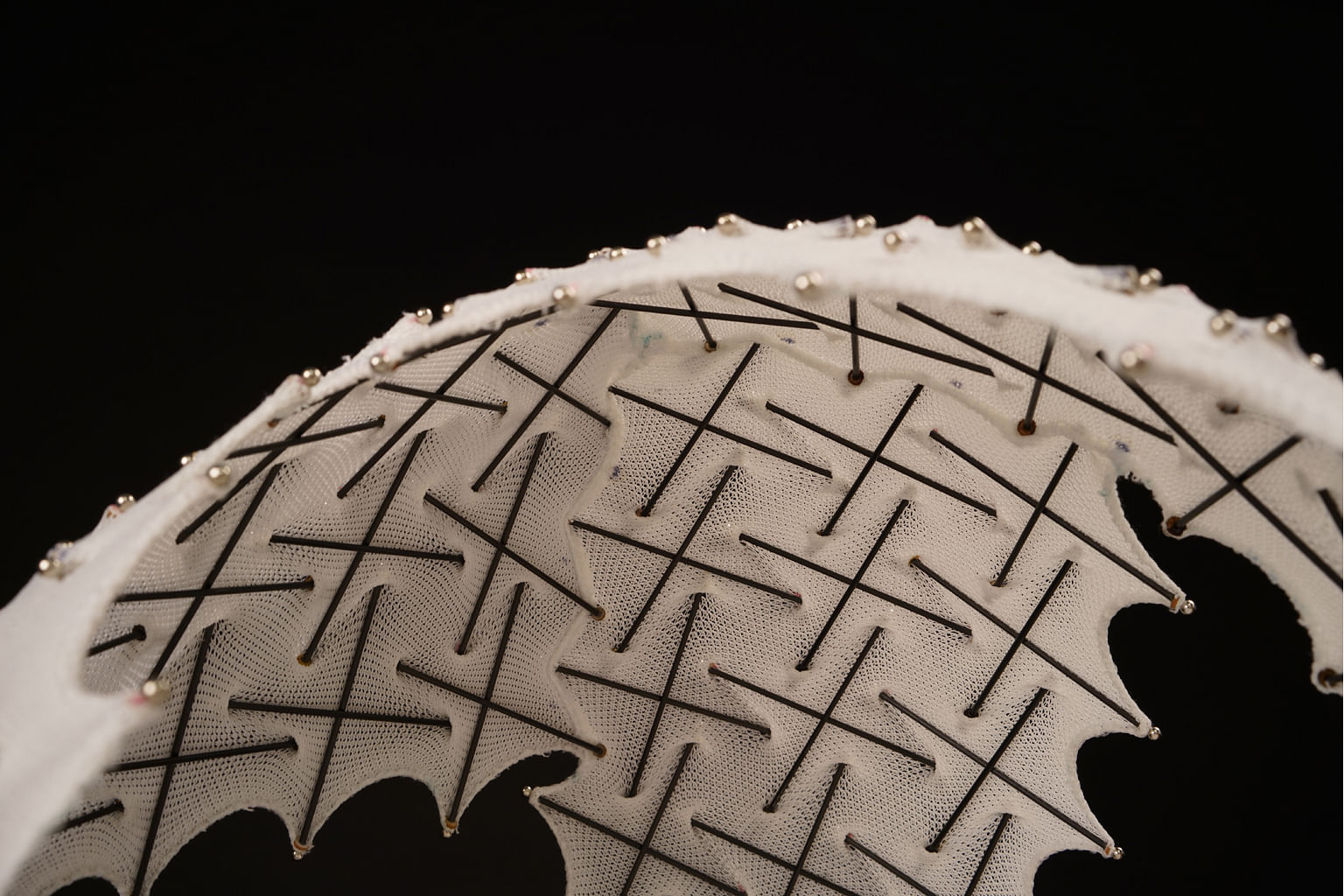
A round 3m by 3m by 2.4m translucent structure resembling a shell commands visitors' attention at the Disruptive Digital Craft exhibition.
The exhibition presents two Singapore University of Technology and Design (SUTD) architecture research projects that work with new technology and materials to reconsider how buildings and structures are made, and what they are made of.
The large shell prototype, which combines carbon-fibre tubes within an elastic knit membrane, is one such new structural configuration.
Called the Tensegrity Membrane Shells, the stiff, free-span structure with no interior support columns can be flattened when pressure, such as strong winds, is applied.
When the pressure is removed, the structure will pop back into its shell shape.
This shell can be used to make shelters for refugees and structures for temporary urban events such as a pasar malam, says Assistant Professor Kenneth Tracy, 42, from SUTD's architecture and sustainable design department.
He says leveraging emerging technologies and accessing manufacturing processes allow designers to create new forms that not only add functionality and flexibility, but also use less materials and reuse waste materials.
"New materials and new fabrication techniques combined with new digital design tools (can) continue to change the form, behaviour, sustainability and functionality of the built environment," he adds.
The second project on show, titled Biological Materials & Digital Manufacturing, explores alternative materials and fabrication processes that propose replacing plastics with biopolymers.
This is presented via a series of industrial robot arms modified to 3D print bio-material modular structures.
Where: The URA Centre, 45 Maxwell Road
When: Till Oct 9, 9am to 9pm daily
Admission: Free
Info: www.archifest.sg
